An Australian safety regulator had issued an alert regarding the supply of fake respirators to the Australian market.
According to information supplied to AMSJ, a number of Chinese manufacturers have been flooding the market since the onset of COVID-19 with a range of untested products labelled with Australian Standard or other regulatory markings. The products do not meet certification requirements and subsequently may not afford users protections available under a ‘standard certified’ and tested product.
P1, P2 or P3 respirators sold in Australia should meet conformance requirements of Australian Standard AS/NZS 1716:2012 however, given shortages of respiratory protection equipment during COVID-19, products complying with US Standard N95, European Standard ‘FFP2’ and Chinese ‘KN95’ may be used providing they are compliant with these standards.
Examples of fake respirators (source British Occupational Hygiene Society)
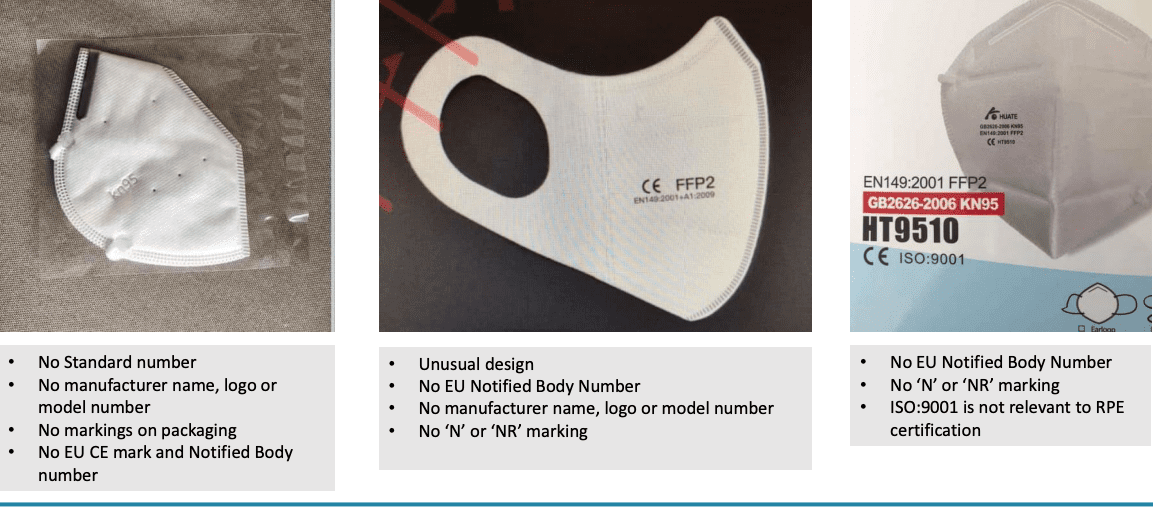
“The problem is that most people couldn’t spot the difference between the fakes and the real respirators. Buyers should really be doing due diligence” a product safety consultant told AMSJ.
“Whoever is supply them has copied markings typically used on the respirators almost perfectly” they added.
Respirators have also been reportedly distributed in Australia with fake certificates of conformity causing headaches for regulatory bodies. A European Safety Body ( European Safety Federation) has recently issued a warning on a number of Chinese respirators and certificates of conformity recently supplied.
Heavy fines in Australia for importers apparently haven’t deterred the trade. Under Australian law, offences associated with making false or misleading representations about goods carries a fine up to $10 million for a body corporate and $500,000 for individuals.
Fake Chinese Respirators – Fake Certificate of Conformity List
- Micez (Shanghai MICEZ Testing & Technical) – 14/04/2020 : Micez informed that the example on this page is not issued by Micez and thus fake !
- ITC (Shenzhen ITC Product Testing) – 18/04/2020 : ITC informed that the example on this page is not issued by ITC and thus fake !
- Huaxun (Shenzhen HX Detect Certification) – 21/04/2020 : Shenzhen HX Detect Certification informed that the example on this page is not issued by Shenzhen HX Detect Certification and thus fake !
- ATL (Shenzhen ATL Testing Technology) – 21/04/2020 : ATL informed that the example on this page is not issued by ATL and thus fake !
- Beidor (Shenzhen Beidor Testing Technology) – 26/04/2020 : Beidor informed that the example on this page is not issued by Beiror and thus fake !
- TMC (TMC Testing Services (Shenzhen)) – 26/04/2020 : TMC informed that the examples on this page are not issued by Beiror and thus fake !
- CCT (Shenzhen CCT Testing Technology) – 27/04/2020 : CCT informed that the example on this page is not issued by CCT and thus fake !
- CIC (Shenzhen CIC Testing Technology) – 27/04/2020 : CIC informed us about a statement on their website clarifying that all certificates issued by CIC for PPE are certainy withdrawn – see http://www.soncap-saso.com/en/article/20200404/503.html
- TXB (TXB Rheinland Testing Services) – 28/04/2020 : TXB informed that they never issued CE certificates for PPE and thus that any certificate for PPE with their name on it is fake !
- Shengzhen CCT (Huaxintai) Testing Technology – 06/05/2020 : Shengzhen CCT (Huaxintai) Testing Technology informed that the example on this page is not issued by them and thus fake !
- Bory (Shenzhen Bory Technology Service Co., Ltd,) – 13/05/2020 : Bory (Shenzhen Bory Technology Service Co., Ltd,) informed that the example on this page is not issued by them and thus fake !
Information above is sourced from the European Safety Federation
Typically certified products have a specific licence number and the manufacturer’s name. These details should be able to verified through the manufacturer’s website and the certifying body’s website.
The British Occupational Hygiene Society also confirmed that “during the coronavirus pandemic the personal protective equipment (PPE) market is inundated with fake respirators claiming to be genuine”
They have produced a guide for the European market with instructions on how to spot a fake respirator.
What should procurement departments do?
If organisations have procured respirators through alternate channels during COVID-19, they should request verification of the Certificate of Conformity and Check Respirators to ensure that they meet known standards. Typically, purchasing departments should
- Get product certificates from the manufacturer that certify the RPE has been manufactured in accordance with AS/NZS 1716: 2012 or an equivalent international standard.
- Check that the product certificates issued by a certifying body are not fake – they’ll have a licence number and the manufacturer’s name which can be found on the certifying body’s website, along with a list of the licensed models of respirators and filters.
- Check this NIOSH list for all the approved United States N95 disposable respirators.
- Check this Spotting fake respirators guide from the British Occupational Hygiene Society
- Check this NIOSH list for examples of fake respirators.
- Check to see if the manufacturers’ user instructions are provided with the product.
- Check to see if the product looks and feels right.
- Check for misspelt words on labelling and instructions.
- Report cases to the safety regulator in your jurisdiction.
Why does it really matter anyway?
Fake respirators could, among other things, increase the incidence of dust-related respiratory disease in workplaces. They also may provide little or no protection against the spread of COVID-19.
You can find out more about the fake certificate of conformity here
Read more Mining Safety News


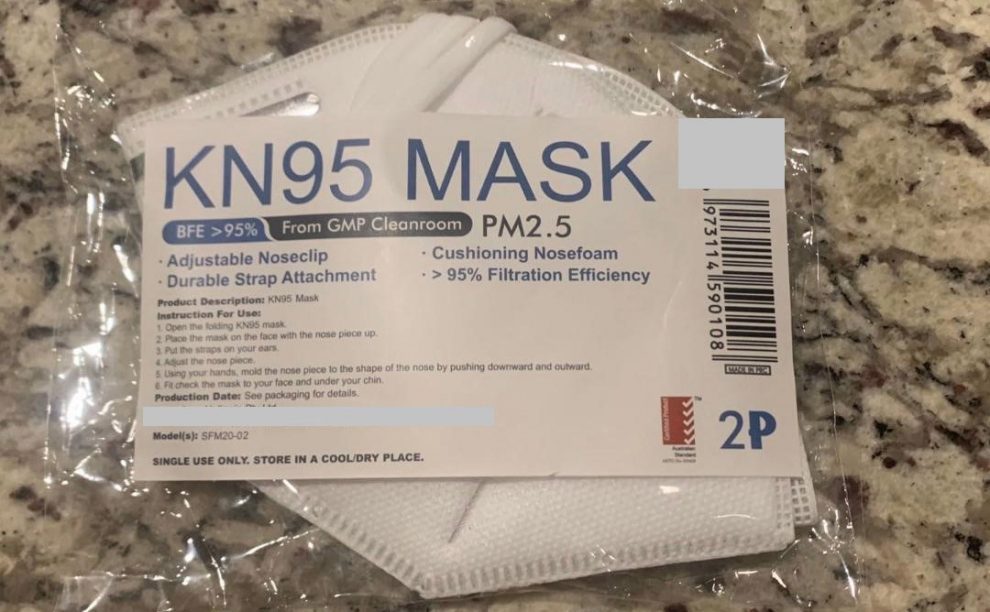
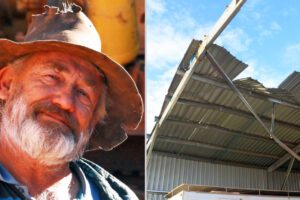
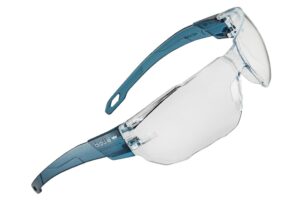
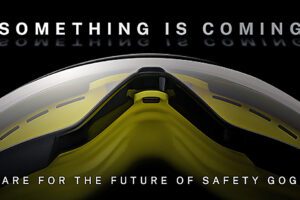








Add Comment